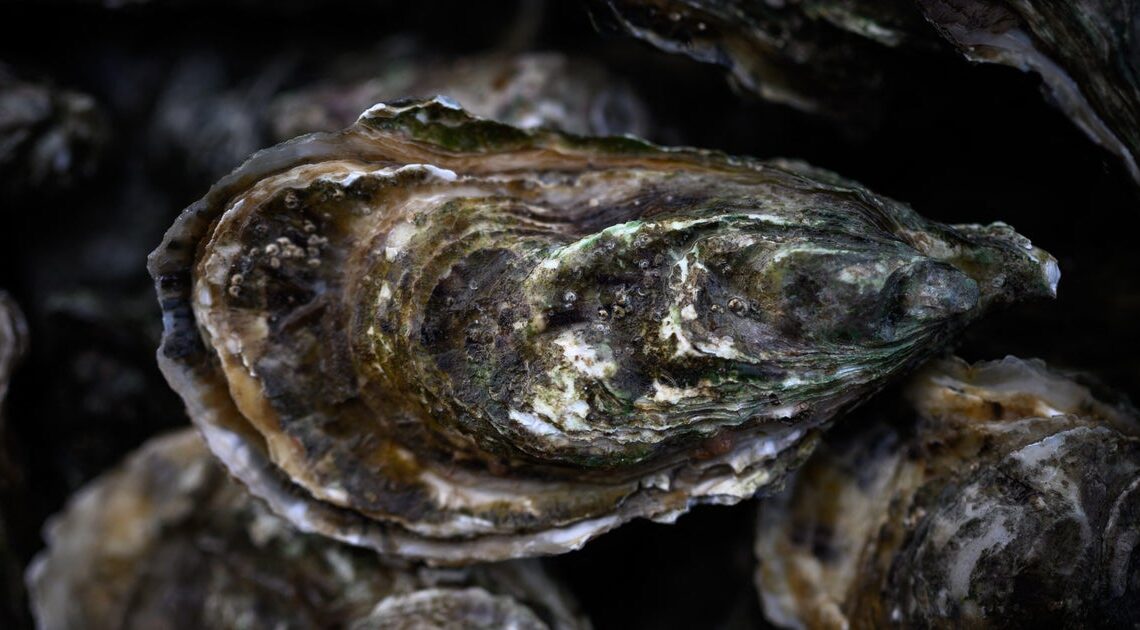
Century-old shipwreck in North Sea is filled with stash of rare oysters in bid to revive marine species
21. July 2025
A cargo ship lying at the bottom of the sea off the Belgian coast has been fitted with a new treasure chest: a stash of rare flat oysters.
Molluscs have mostly disappeared from the North Sea due to human activity, including overfishing.
Now, a Belgian project is trying to reintroduce it in a move scientists believe will help boost other marine species.
“We have to bring them back because they are essential elements in our marine ecosystems,” Vicky Stratigaki, an engineer working on the restoration project, told AFP.
In mid-July, a load of 200,000 oyster larvae attached to biodegradable materials was deposited about 100 feet under the sea in the ship’s hull.
The environmental project, named Belreefs, aims to turn the wreckage into a biodiversity sanctuary.
Flat oysters form reefs that purify water and that other sea animals, from fish to algae, use as breeding and feeding grounds, explained Stratigaki.
“There is a lot of predation in the sea, it’s a wild environment,” she said, with about 30,000 of the oyster larvae expected to survive their first year at sea. “Then they will start reproducing, extending the reef and also supporting the biodiversity of the reef.”
The laying of the oyster stash is the culmination of two years’ work for the Belgian government project, which is supported by European Union funding.
“Until around the 1850s, the North Sea and the European waters were full of these oyster reefs,” Stratigaki explained.
Then overfishing, the spreading of an imported parasite called Bonamia and “climatic adverse effects” caused them to disappear, she said.
The 1906 wreckage, located about 20 miles off the coastal city of Ostend, was selected to house the pilot as fishing and other disruptive activities are banned around it.
“In Belgium every wreck that is for more than one hundred years on the sea bottom gets protected automatically as cultural heritage, because it’s nice for divers to go there,” said Merel Oeyen, a marine environment expert at the Belgian ministry of health. “It’s also a hot spot for biodiversity.”
A 2023 paper published in BioScience found that shipwrecks provide important ecological resources for a wide variety of organisms, from tiny microbes to large marine creatures.
“Small fish and mobile crustaceans often find shelter in the crevices of the sunken material, and larger baitfish and predators use shipwrecks as feeding grounds and rest stops as they swim from one place to another,” according to NOAA, which helped conduct the study.
However, scientists also warned shipwreck can also cause damage to existing marine life in the area, or carry harmful cargo, such as oil.
Still, the study’s author, Avery Paxton, said shipwrecks can have “second lives” as homes to a variety of marine life.
“A ship’s transformation from an in-service vessel into a thriving metropolis for marine life has a fairy-tale quality to it,” Paxton said in an article published by the Washington Post after the study was released.